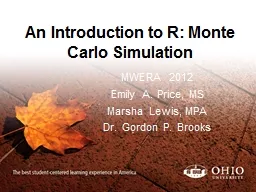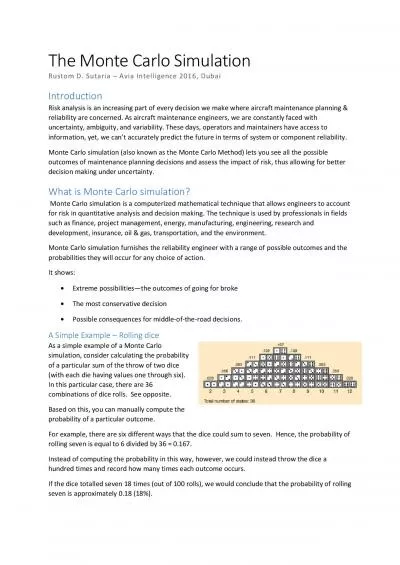PPT-Habilitation Services Monte Dugas, Joanna Lutman, Kelsey Wolff
Author : alexa-scheidler | Published Date : 2018-11-15
What are Habilitation Services Health care services that help an individual acquire keep learn or improve skills and functioning for communication and daily
Presentation Embed Code
Download Presentation
Download Presentation The PPT/PDF document "Habilitation Services Monte Dugas, Joann..." is the property of its rightful owner. Permission is granted to download and print the materials on this website for personal, non-commercial use only, and to display it on your personal computer provided you do not modify the materials and that you retain all copyright notices contained in the materials. By downloading content from our website, you accept the terms of this agreement.
Habilitation Services Monte Dugas, Joanna Lutman, Kelsey Wolff: Transcript
Download Rules Of Document
"Habilitation Services Monte Dugas, Joanna Lutman, Kelsey Wolff"The content belongs to its owner. You may download and print it for personal use, without modification, and keep all copyright notices. By downloading, you agree to these terms.
Related Documents














